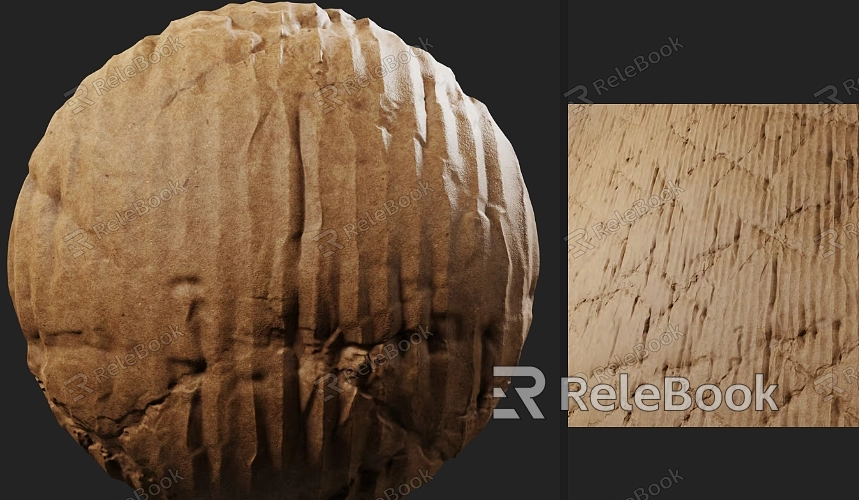How to Enhance 3D Modeling with Paper Texture?
In 3D modeling, textures play a crucial role in adding details and realism to models. One commonly used texture type is paper texture. This article will guide you on how to optimize 3D modeling effects using paper texture, resulting in more realistic visual outcomes.
Choose the Right Paper Texture:
Selecting the appropriate paper texture is essential for 3D modeling. Different types of paper textures can bring different effects to your models. For instance, rough paper texture can simulate aged objects, while smooth paper texture suits modern and high-tech models. Choosing the right paper texture based on your model’s theme and style is key.If you need, I recommend downloading 3D textures from Relebook. There is no better choice than this.

Adjust the Scale and Orientation of Paper Texture:
Before applying the paper texture, ensure that it is adjusted to the correct scale and orientation. The scale and orientation of the paper texture should match the scale and orientation of the model to maintain texture authenticity and consistency. By adjusting properties such as scaling, rotation, and tiling of the paper texture, you can seamlessly integrate it with the model.
Enhance Details with Paper Texture:
Paper texture can be used to add details to your models. For example, when modeling a book with paper material, you can use paper texture to simulate the texture and creases of the book pages. By applying paper texture to the appropriate areas of the model, you can make it more realistic and vibrant.
Adjust Transparency and Reflectivity of Paper Texture:
Transparency and reflectivity are also important factors to consider when working with paper texture. Depending on the requirements of your model, you can adjust the transparency of the paper texture to achieve a more realistic look. Additionally, by adjusting the reflectivity of the paper texture, you can simulate the glossy effect of paper surfaces, enhancing the overall quality of the model.
Paper texture is a valuable tool for enhancing 3D modeling effects. Choosing the right paper texture, adjusting scale and orientation, adding details, and fine-tuning transparency and reflectivity are key steps in utilizing paper texture. By effectively applying paper texture, you can create more realistic and visually appealing 3D models, elevating the overall viewing experience. We hope this article has provided helpful insights for using paper texture in 3D modeling.

